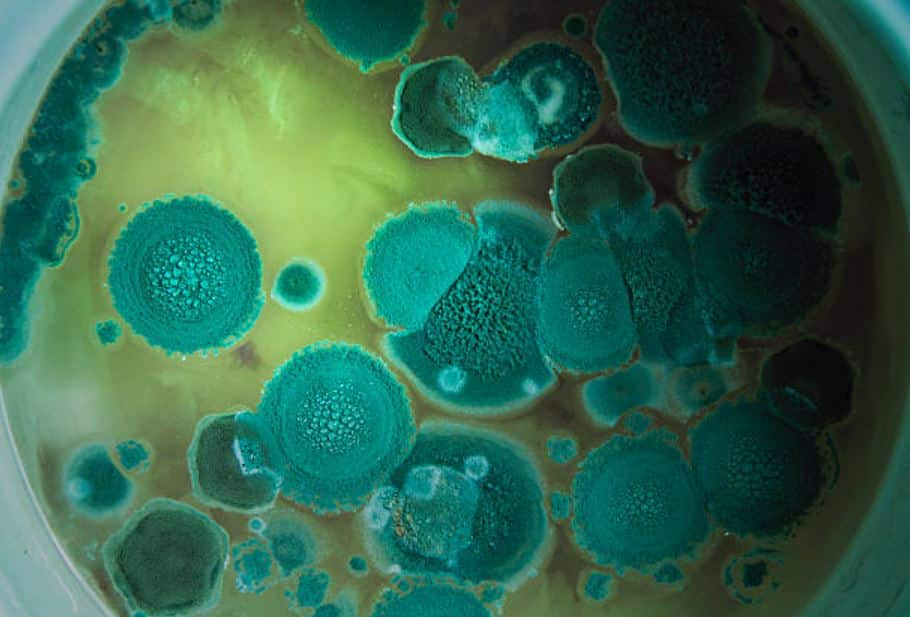Meet Pharaoh’s Fungus: From ‘Ancient Curse’ To Cancer Cure, Scientists Uncover Its Shocking Healing Power | Health News
The Curse That Could Save Lives: When British archaeologist Howard Carter unearthed the tomb of Pharaoh Tutankhamun in 1922, the world stood in awe. But wonder quickly gave way to fear as the legend of the Pharaoh’s Curse spread. Those involved in the excavation began falling ill, or worse, dying, under mysterious circumstances. Was it an ancient hex, or something far more insidious? Fast-forward to today, and modern science may have finally solved the mystery, while simultaneously unlocking one of the most unexpected medical breakthroughs of our time.
Meet the ‘Pharaoh’s Fungus’
Deep within the sealed, humid chambers of the tomb, scientists discovered something far more dangerous than ancient magic: a resilient fungus named Aspergillus flavus. This mold thrives in oxygen-starved environments, and once disturbed, it can release spores linked to serious respiratory infections. In fact, many speculate that this fungus may have caused the death of Lord Carnarvon, the tomb’s chief sponsor, just months after its opening.
But now, nearly a century later, this “cursed” organism has revealed its other side, a potential cure for cancer.

A Scientific Twist: Fungus as a Cancer Killer
In a recent breakthrough, researchers from the University of Pennsylvania turned their attention to this infamous fungus. Published in Nature Chemical Biology, the study revealed that Aspergillus flavus produces special compounds capable of halting the growth of leukemia cells.
These compounds, called asperigimycins, are a form of RiPPs (ribosomally synthesized and post-translationally modified peptides). They showed remarkable power even before chemical modification, directly targeting the mechanism of cell division in leukemia.
According to Dr Sherry Gao, the lead researcher, “Fungi gave us penicillin, and these results show that there are still many more medicines to discover from nature.”
How Asperigimycins Work
Unlike chemotherapy, which can harm both healthy and cancerous cells, asperigimycins function with surprising precision. They target microtubules, essential components in the cell-division process. By blocking these structures, asperigimycins prevent cancer cells from multiplying, offering a more targeted and potentially less harmful approach to cancer treatment.
This could be revolutionary for blood cancers like leukemia, where rapid cell division is the primary danger.

From Death to Discovery: A Tale of Transformation
The story of this fungus is nothing short of poetic. Once blamed for mysterious deaths, Aspergillus flavus may now be celebrated as the unlikely savior of millions. It’s a stunning reminder of how science can reshape mythology, transforming fear into hope.
The ancient curse, feared for generations, might just be humanity’s unexpected ally in the war against cancer.
Nature: Our Untapped Medicine Cabinet
As pharmaceutical companies invest billions in synthetic drugs, this discovery is a bold reminder: some of the most potent cures may lie hidden in nature, waiting for the right hands, and minds, to unearth them. Just as penicillin emerged from mold, asperigimycins could mark the dawn of a new class of cancer treatments derived from fungi.
And with more fungal-derived medicines already in clinical trials (like NUC‑7738), this field is heating up fast.

A Wake-Up Call for Medical Science
This isn’t just a one-off miracle. It’s a wake-up call for scientists and researchers worldwide to revisit the natural world, particularly organisms once dismissed as dangerous or irrelevant. There’s an entire universe of uncharted biological tools around us, and Aspergillus flavus might just be the beginning.
A New Chapter in the Curse’s Legacy
As phase II trials for fungal-derived drugs continue, the irony of a “curse” turning into a cure isn’t lost on anyone. What once spelled death now spells hope. In a strange twist of fate, the ancient tomb of King Tutankhamun may not have harbored a curse after all, but rather, a cure waiting to be discovered.
The fungus feared for nearly a century is now on the verge of becoming a scientific hero. From whispered myths to molecular medicine, the journey of Aspergillus flavus shows us how science can reveal the truth behind legends, and even turn curses into cures. The next time we hear about ancient dangers, we might do well to look a little closer. Hidden within fear may lie the future of healing.





